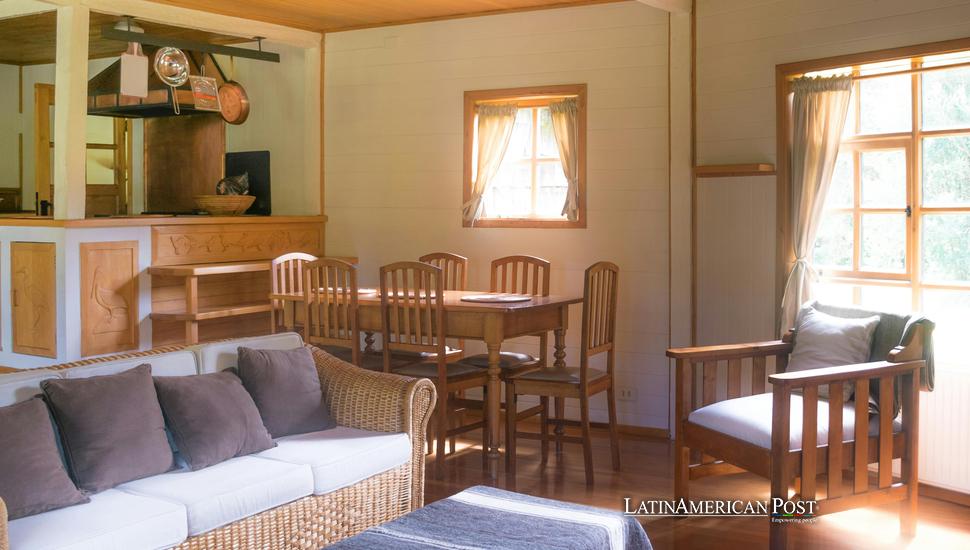Affordable Tricks to Keep Your Home Refreshing and Cool This Summer

As temperatures rise and energy bills soar, many homeowners are searching for cost-effective ways to keep their homes comfortable during the scorching summer months. While air conditioning provides instant relief, it can be expensive to run continuously. Fortunately, there are numerous budget-friendly strategies to maintain a cool and pleasant home environment without breaking the bank.
Start with Your Windows
The windows in your home can be your greatest allies or worst enemies when it comes to temperature control. During the early morning and late evening, when temperatures are lower, open your windows to create cross-ventilation. This natural airflow helps flush out warm air that has accumulated during the day. However, as the day heats up, close your windows and draw your curtains or blinds, particularly on sun-facing sides of your house. Consider investing in thermal curtains or reflective window films, which can block up to 60% of heat from entering your home.
Harness the Power of Fans
Ceiling fans (or a remote controlled fan) consume far less electricity than air conditioners while still creating a cooling effect. To maximize their efficiency, ensure your ceiling fans are rotating counterclockwise during summer, which pushes air downward and creates a cooling breeze. For even better results, place a bowl of ice or frozen water bottles in front of a fan to create a makeshift air conditioner. As the air passes over the ice, it creates a cooling mist that can significantly reduce the room’s temperature.
Strategic Landscaping
Your yard can play a crucial role in keeping your home cool. Planting deciduous trees or installing trellises with climbing vines on the sunny side of your house provides natural shade during summer while allowing sunlight to warm your home in winter when leaves fall. Even container gardens placed near windows can help reduce heat gain. Additionally, keeping your lawn well-watered can create a cooling effect through evaporation.
Optimize Your Home’s Interior
Several simple interior adjustments can make a substantial difference in your home’s temperature. Switch to LED bulbs, which generate significantly less heat than traditional incandescent ones. Consider rearranging furniture to avoid blocking air vents and ensure proper airflow throughout rooms. Using light-colored bedding and upholstery can also help, as darker colors absorb more heat.
Kitchen Cooling Strategies
The kitchen can be a major source of indoor heat during summer months. Whenever possible, opt for cooking methods that generate less heat, such as using a microwave, slow cooker, or grilling outside. When you must use the oven, try to cook during cooler evening hours. Running the kitchen exhaust fan while cooking helps remove hot air and moisture that can make your home feel warmer.
Dehumidification Techniques
High humidity makes a room feel warmer than it actually is. While dehumidifiers are effective, there are cheaper alternatives to reduce indoor moisture. Place containers of moisture-absorbing materials like silica gel or calcium chloride in humid areas. Regular maintenance of water leaks and proper ventilation in bathrooms and laundry areas can also help control humidity levels.
DIY Cooling Solutions
Creating your own cooling solutions can be both effective and entertaining. Make your own cooling neck wraps by filling cotton fabric with water-absorbing crystals. Place damp sheets over windows during the hottest parts of the day – as the water evaporates, it helps cool the incoming air. You can also create cooling stations throughout your home using small spray bottles filled with water and a few drops of peppermint essential oil.
Nighttime Temperature Management
Developing an effective nighttime routine can help maintain comfortable temperatures throughout the following day. Once the sun sets and temperatures drop, open windows on opposite sides of your house to create cooling cross-breezes. Position fans near windows to help draw in cool air. Consider sleeping on lower floors where temperatures are naturally cooler, and use lightweight, breathable bedding materials.
Long-term Investments
While the focus is on affordable solutions, some modest investments can pay significant dividends in cooling efficiency. Adding attic insulation, sealing air leaks around windows and doors, and installing programmable thermostats can dramatically reduce cooling costs over time. Even simple actions like regularly cleaning or replacing air conditioning filters can improve efficiency and reduce energy consumption.
By implementing these cost-effective cooling strategies, you can maintain a comfortable home environment throughout the summer without relying heavily on expensive air conditioning. Remember that combining several of these methods often produces the best results, and what works best may vary depending on your specific home layout and local climate conditions. With some creativity and planning, staying cool this summer doesn’t have to mean watching your utility bills rise with the temperature.




